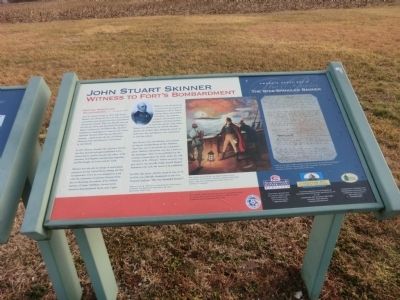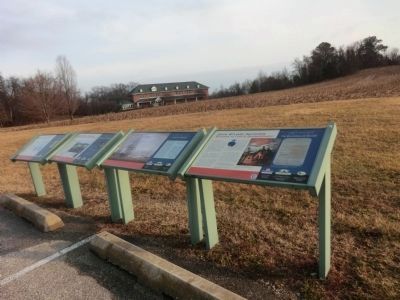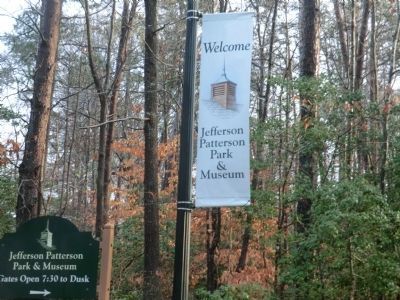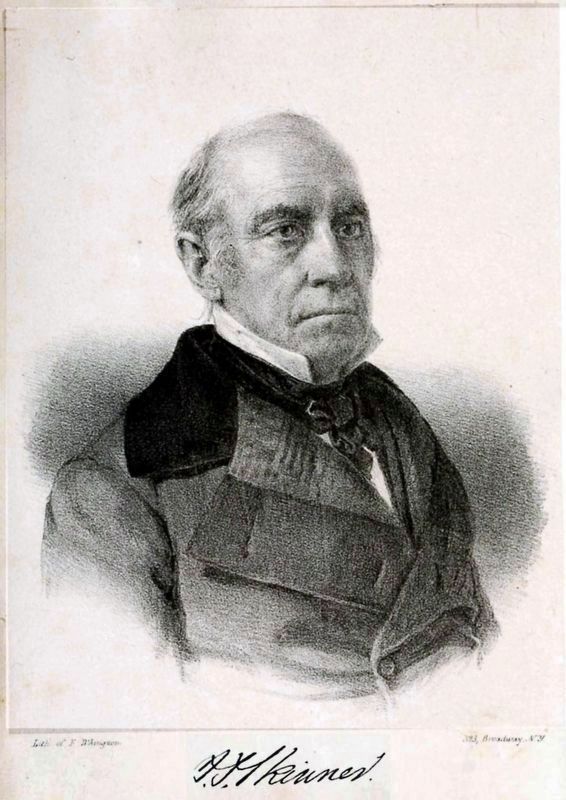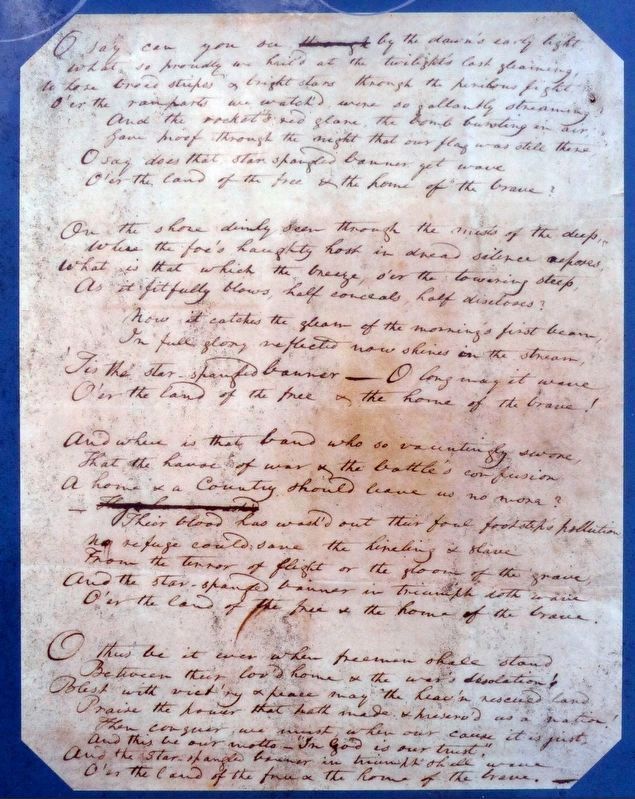John Stuart Skinner
Witness to Fort’s Bombardment
“Ruffian, Patriot, and Philanthropist…”
John Quincy Adams.
Born in Calvert County, by 1813 John Stuart Skinner was a Purser for the U.S. Navy, in charge of purchases and accounts for the United States Chesapeake Flotilla. When the British came up the Patuxent River and threatened Washington, Skinner performed a Paul Revere-like ride from Baltimore to Washington to warn the city of their approach. Because of his actions, Skinner’s property---which is now the site of Jefferson Patterson Park and Museum---was burned by the British.
In 1819, Skinner founded The American Farmer, the first agricultural paper published in the United States, and he was also the editor of the American Turf Register and Sporting Magazine, and the Plough, the Loom and the Anvil.
Skinner was also put in charge of exchanging prisoners for the United States during the War. In September 1814, he was assigned to work with the assistance of attorney Francis Scott Key in obtaining the release of Dr. William Beanes, of Upper Marlboro. Several army deserters had plundered farms near Upper Marlboro as the British forces returned from the attack on Washington, and Dr. Beanes, among others, seized these marauders. One prisoner escaped, and returned with a contingent of British marines to secure the release of the others. Beanes was arrested
by the British and taken aboard one of their ships during the attack on Baltimore. Key and Skinner were summoned to seek his release.Thus Beanes, Key, and Skinner were present during the bombardment of Fort McHenry, where Key was so moved that he composed a poem. Skinner claimed he took Key’s poem to the newspaper where it was published on the evening of September 20, 1814, under the title “Defense of Ft. McHenry.” Other accounts suggest that it was actually Judge Joseph Hopper Nicholson who took the poem to be published.
In 1931, this poem, and the music it was set to in 1814, was officially designated as the U.S. National Anthem, “The Star-Spangled Banner.”
Portrait of J. S. Skinner, Lithograph by F. D’Avignon, courtesy the Maryland Historical Society, Baltimore, Maryland.
(Inscription under the painting on the right)
N.C. Wyeth painting by the Dawn’s Early Light shows Key and Skinner (Looking through spyglass). Image used with permission of New York Life Insurance Company. N.C. Wyeth, most recognized for his children’s book illustrations, began his career in 1902 painting America’s adventuresome heritage.
(Inscription above and below the image on the far right)
The Poem. Francis Scott Key’s The Star-Spangled Banner
One of the early hand written versions of The Star-Spangled Banner written in 1814 by Francis Scott
Erected by Maryland Department of Housing and Community Development.
Topics and series. This historical marker is listed in this topic list: War of 1812. In addition, it is included in the Former U.S. Presidents: #06 John Quincy Adams series list. A significant historical month for this entry is September 1814.
Location. 38° 23.659′ N, 76° 30.417′ W. Marker is in St. Leonard, Maryland, in Calvert County. Marker is on Jefferson Patterson Park Road. Touch for map. Marker is in this post office area: Saint Leonard MD 20685, United States of America. Touch for directions.
Other nearby markers. At least 8 other markers are within walking distance of this marker. Valor at St. Leonard Creek (here, next to this marker); “The Commodore Can Beat Any…Barges…Sent Against Him” (here, next to this marker); Land Battle Evidence (here, next to this marker); “We Must Have Done Them Considerable Damage” (within shouting distance of this marker); The Search for the Chesapeake Flotilla (within shouting distance of this marker); Attention to Detail-Gertrude Sawyer, Architect (within shouting distance of this marker); The Government at St. Leonard’s (within shouting distance of this marker); Smith’s St. Leonard Site (within shouting distance of this marker). Touch for a list and map of all markers in St. Leonard.
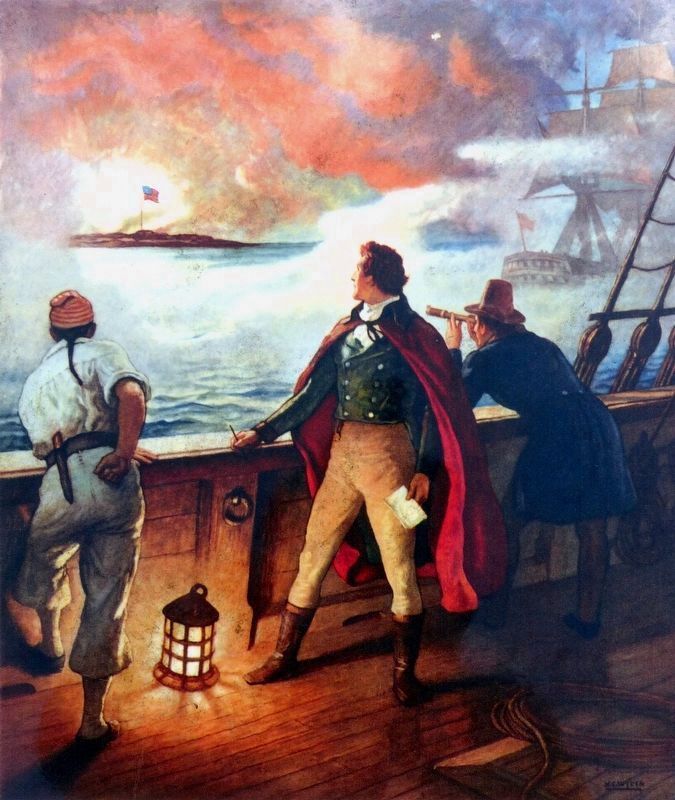
N.C. Wyeth, most recognized for his children’s book illustrations, began his career in 1902 painting America’s adventuresome heritage.
New York Life
Credits. This page was last revised on July 22, 2016. It was originally submitted on February 25, 2015, by Don Morfe of Baltimore, Maryland. This page has been viewed 1,028 times since then and 48 times this year. Photos: 1, 2, 3. submitted on February 25, 2015, by Don Morfe of Baltimore, Maryland. 4, 5, 6. submitted on July 16, 2016, by Allen C. Browne of Silver Spring, Maryland. • Bill Pfingsten was the editor who published this page.
